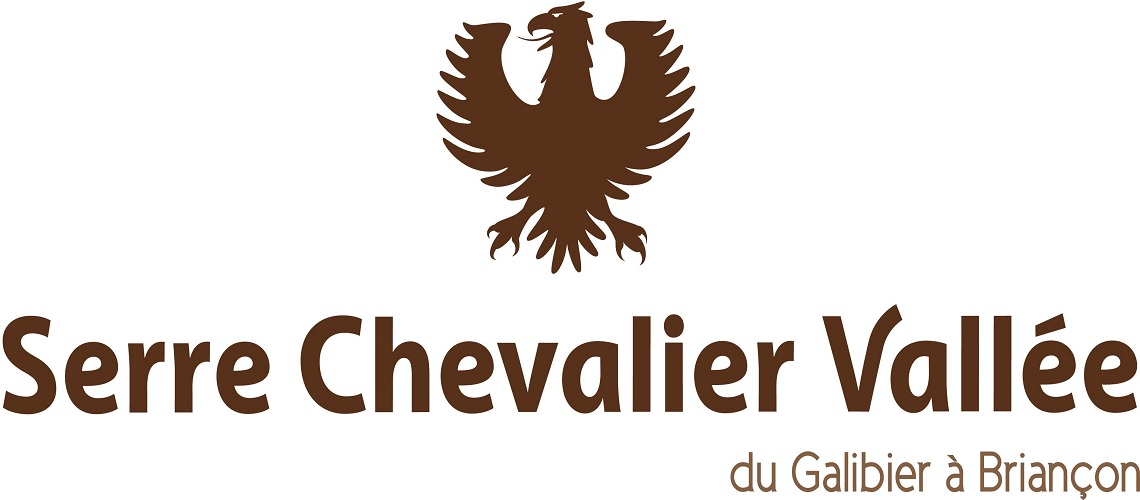Serre Chevalier Is First Ski Resort To Produce Its Own Electricity By Combining Three Renewable Energies.

Only a few months after renewing its Public Service Delegation for a period of 30 years with the municipalities of Monêtier-les-Bains and Salle-les-Alpes, SCV-Domaine skiable—a Compagnie des Alpes subsidiary—is implementing a large-scale renewable electricity production programme, in partnership with Caisse des Dépôts and co-financed by the Sud Provence-Alpes-Côte d'Azur region. Initiated in 2016, and partially rolled out in 2018 for full commissioning in 2021, this project will simultaneously use three production technologies—hydroelectricity, photovoltaics and micro-wind turbines—to produce 30% of the area's total electricity consumption. Based on the use of existing infrastructures that will act as genuine supporting structures to create 100% renewable and self-consuming energy sources, this EUR 3.6 million investment aims to establish the Serre Chevalier ski area as a key player in the energy transition.
In addition to implementing this renewable energy network (ReN), SCV-Domaine skiable is announcing the roll-out for digital ski passes which will eventually eliminate all physical terminals and media to offer new ski packages.
A virtuous circle for "production-consumption" and "Made in Vallée" innovations
Why do you want to roll out three complementary types of ReN in your ski area? The question is quickly answered when you look at the environment of the ski area. With 2,500 hours of sunshine per year, a dense network of catchment areas and high-altitude passes that are well-exposed to the wind, Serre Chevalier has a rich "ReN heritage". A multiple natural resource capable of producing nearly a third of the total consumption of electricity (4.5 gigawatt hours out of a total of 14.5) for all 58 ropeways, snow-making equipment—including 14 machine rooms and 577 snow guns—and all tertiary installations such as office and farm buildings.
But beyond capacity, the challenge was to avoid heavily impacting the landscape and resources. This is why everyone involved in the project chose to use the resort as a means to produce most of the ReN throughout the year. Thus, the infrastructures that consume energy (ropeway stations, snow-making networks, buildings) will serve as "hosts" of electrical production equipment.
In addition, SCV-Domaine skiable wished to involve the artisans and industrial companies in the valley by opting to use local know-how to design the flexible photovoltaic panels and manufacture the micro wind turbines. Finally, ski area teams will be trained to operate and maintain the entire ReN production network.
Focus on Hydroelectricity
With the numerous catchment areas, well distributed mountain basins, and existing water supply networks, the ski area's snow-making equipment has a new function: to produce 80% of the area's 4.5 GWh of ReN.
The principle is simple: collected at two watershed sites (Chantemerle and Villeneuve le Bez), the water is filtered and cleaned of all its sediments, conveyed through the snow-making network pipes into the area's engine rooms, passed through turbines to produce electricity, then reintroduced into its original basin.
The impact on the landscape and resources is almost nil since the use of existing snow-making equipment does not require any additional installations and water is used as a renewable resource and not as a consumed resource.
Focus on Photovoltaics
Spread over several dozen sites in the area, the 2,370 m² of solar panels will produce 527,000 kWh or 12% of total ReN production. The desire to avoid using large solar farms installed in the middle of the valley and instead using the roofs of the resort's facilities, such as ropeway stations and tertiary buildings, has led SCV-Domaine skiable to set up a flexible photovoltaic panel demonstrator, in particular on the detachable grip chairlift station in Les Vallons. This technology was developed locally in the valley by Sunwind and assembly was carried out for the most part around Briançon in the French Alps.
Several systems are already in operation and all the panels will be operational in 2021.
Focus on micro-wind turbines.
Starting in mid-October, two differently designed micro wind turbines—taking up a reasonable amount of space to ensure better integration into the landscape—will be installed to test their resistance and efficiency in the face of high altitude weather conditions.
In order to ensure the transfer of the necessary skills to maintain the turbines, the French importer Enerlis, the Estonian turbine manufacturer—specialised in wind turbines adapted to northern conditions—and the ski area teams will install a model less than 12 metres high, rotating horizontally, with a capacity of 10 kW.
A second model will serve as a demonstrator for several innovative breakthroughs. This prototype made by the French company Collaborative Energy, is a 6-metre wind turbine producing 5 kW and operating according to a vertical rotation principle via wooden blades made in Briançon. The boilerwork on the structure was also carried out locally.
For Patrick Arnaud, General Manager of SCV-Domaine skiable: “From now on, and a few weeks after obtaining Green Globe certification, the effective implementation of this initiative serving the environment will make Serre-Chevalier a resort that is fully committed to the energy transition. Beyond this ambition, our will is to make the resort a solid resource to produce energy to see this project duplicated in several other ski areas. In addition, our seasonal business and the ambitious objectives we have set for ourselves in terms of self-consumption will be achieved thanks to a Flexgrid-labelled energy management strategy. Finally, this major project, which is a choice to take economically relevant environmental concerns into consideration, will also result in other progress initiatives concerning other legitimate issues, such as the digitalising ski passes which, in the coming season, will begin its large-scale roll-out phase. Thus, Serre Chevalier fully endorses and assumes its leading position in the Southern Alps by initiating pioneering, innovative and beneficial projects throughout the region. "
Digitalising the ski pass: a new skiing experience
The 2018-2019 season will see the pre-industrialisation phase begin with a gradual increase throughout the season, allowing 2,500 "season pass" holders to migrate their physical pass to their smartphone. Six ropeways are already equipped with terminals that read the digital passes and all skiers in the area will be able to take advantage of this innovation and the new packages offered starting in the 2019-2020 season.














